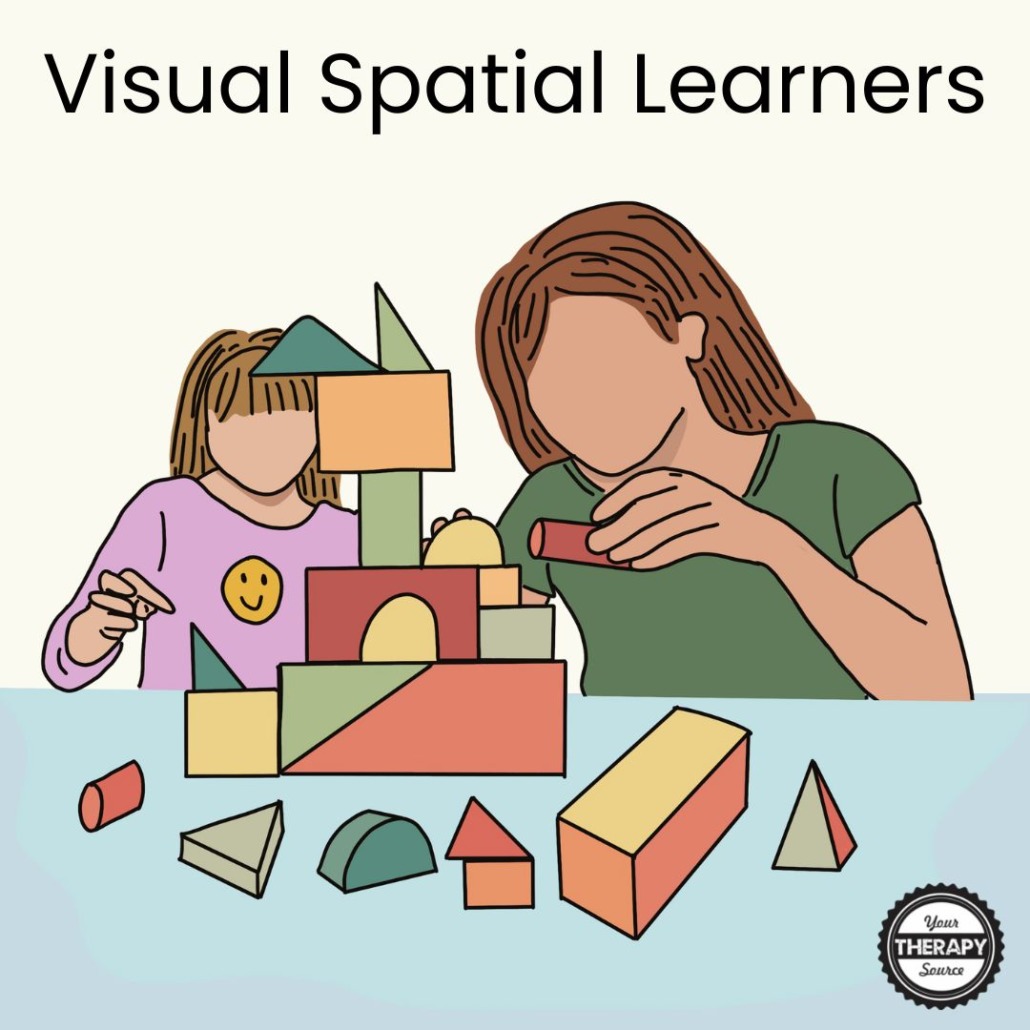Visual Spatial Learner
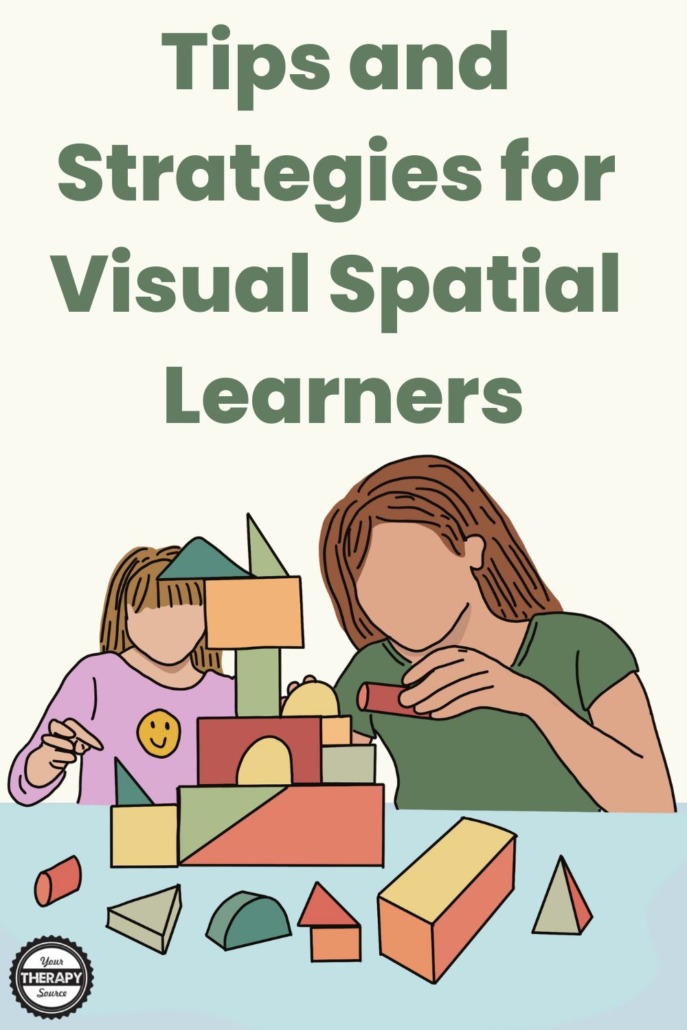
Are you a teacher of a student who seems to have a difficult time organizing their work or following step-by-step directions? You may have a visual-spatial learner in your classroom. Visual-spatial learners are students who learn best through visuals, and often need a more hands-on approach to learning. They may be gifted in some areas of learning, while seemingly struggling with other areas. If you can better understand visual-spatial students, then you will be more successful in teaching and helping these students excel in the classroom.
WHAT ARE THE CHARACTERISTICS OF A VISUAL SPATIAL LEARNER?
There are several characteristics that define a visual-spatial learner. Visual-spatial learners:
- often have trouble with traditional teaching methods, especially step-by-step directions.
- can be an amazing analytical thinker when it comes to visual information.
- learn better with pictures or images rather than words
- learn best through hands-on activities
- often struggle with organization and taking notes
- may be more creative and outside-the-box thinkers instead of just trying to find the right answer
If you have a student who displays these characteristics, then they are likely a visual-spatial learner. Visual-spatial learners often struggle in school because traditional teaching methods do not work well for them. If you can find ways to incorporate visuals and hands-on activities into your lessons, you will be more successful in teaching these students.
ARE VISUAL LEARNERS GIFTED?
Some visual-spatial learners may be gifted. Giftedness is defined as students who have above-average intelligence and abilities. Not surprisingly, on an IQ test, visual learners often have very high IQ scores on the visual-spacial parts. Visual-spatial learners often think outside the box and have a vivid imagination. Their different brain organization can lead to some amazing abilities.
If you have a student who is struggling in school but is very creative, they may be a gifted visual-spatial learner. They are often adept at pattern recognition, seeing relationships, and figuring out the big picture. These students often need a different approach to learning in order to be successful.
VISUAL SPATIAL LEARNERS STRENGTHS AND WEAKNESSES
Visual-spatial learners often have a strong visual memory. They have a good long-term visual memory, and may be able to remember what they see better than what they hear. Visual-spatial learners also often have good problem-solving skills. They may have their own methods of problem solving, but they can still come up with the correct solution! Visual-spatial learners are often able to see the big picture and come up with creative solutions. They sometimes gravitate towards art, photography, and architecture due to their creativity and visual and spatial intelligence.
However, visual-spatial learners may struggle with organization and taking notes. They may have a hard time following step-by-step directions due to their sequential weaknesses. Handwriting, spelling words, and showing steps of work can be an issue.
If they are special education students, they will have an IEP (individualized learning plan). Their IEPs will have strengths and weaknesses written into them that will help you better understand your individual visual-spatial learners.
Visual-spatial learners often have a lot of strengths and weaknesses. It is important to understand these strengths and weaknesses in order to help them be successful in school. There are many different strategies that visual-spatial learners can use to help them learn better.
VISUAL SPATIAL LEARNING STRATEGIES
Since visual-spatial learners have different learning styles, there are some strategies that they can use to help them learn better. Some of these strategies include:
Use A Visual Planner
Visual planners can help visual-spatial learners organize their thoughts and ideas.
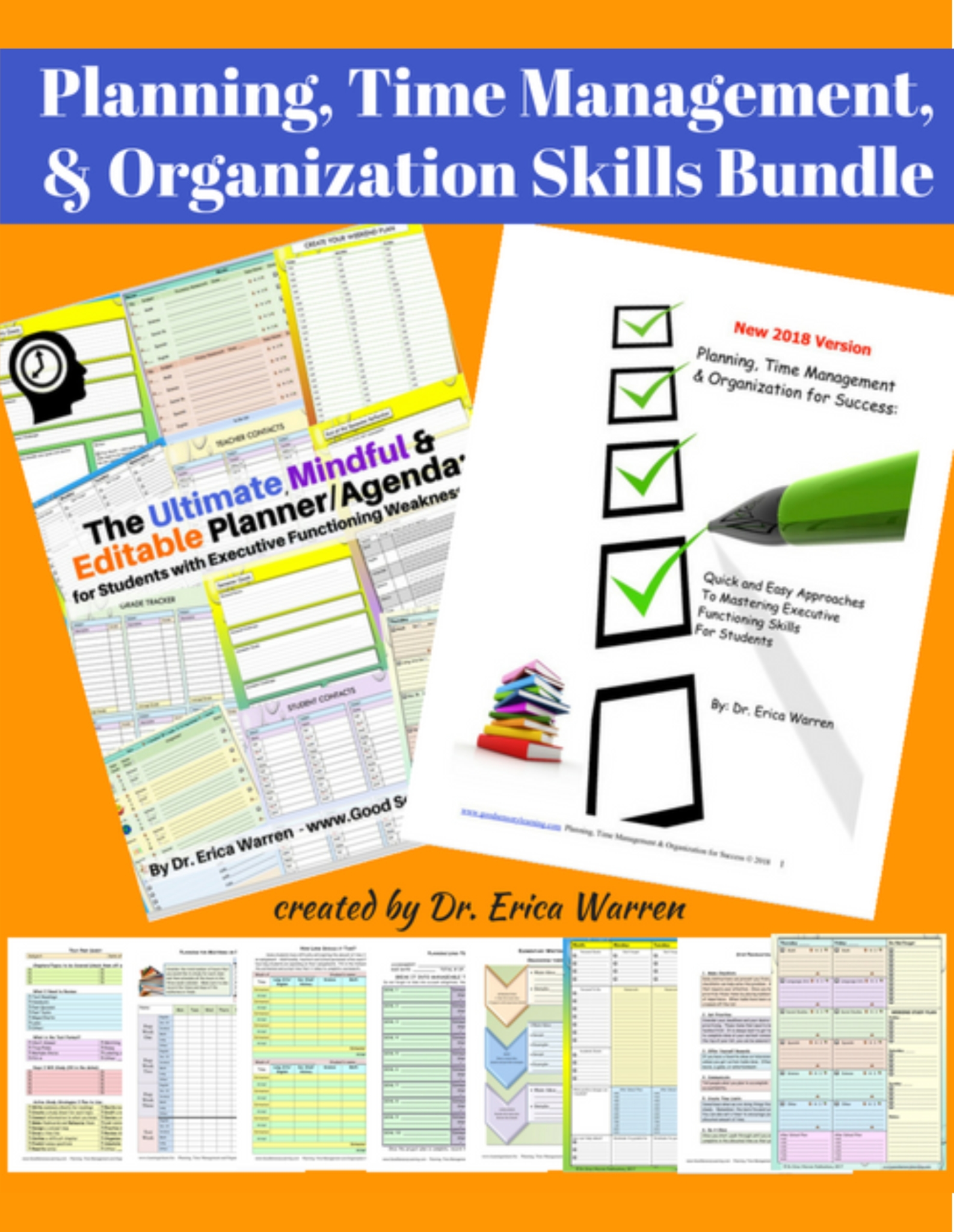
Planning, Time Management, and Organization Skills Bundle
Break Down Tasks
Visual-spatial learners often have a hard time with complex concepts and complex tasks. Breaking tasks down into smaller steps can help them be more successful with difficult material.
Use Visual Aids
Visual aids, such as charts and graphs, can help visual-spatial learners understand information better. By using their visual-spatial abilities, they can accomplish important tasks.
Take Notes
Taking notes can help visual-spatial learners remember information better. Seeing the words on paper can make them more memorable.
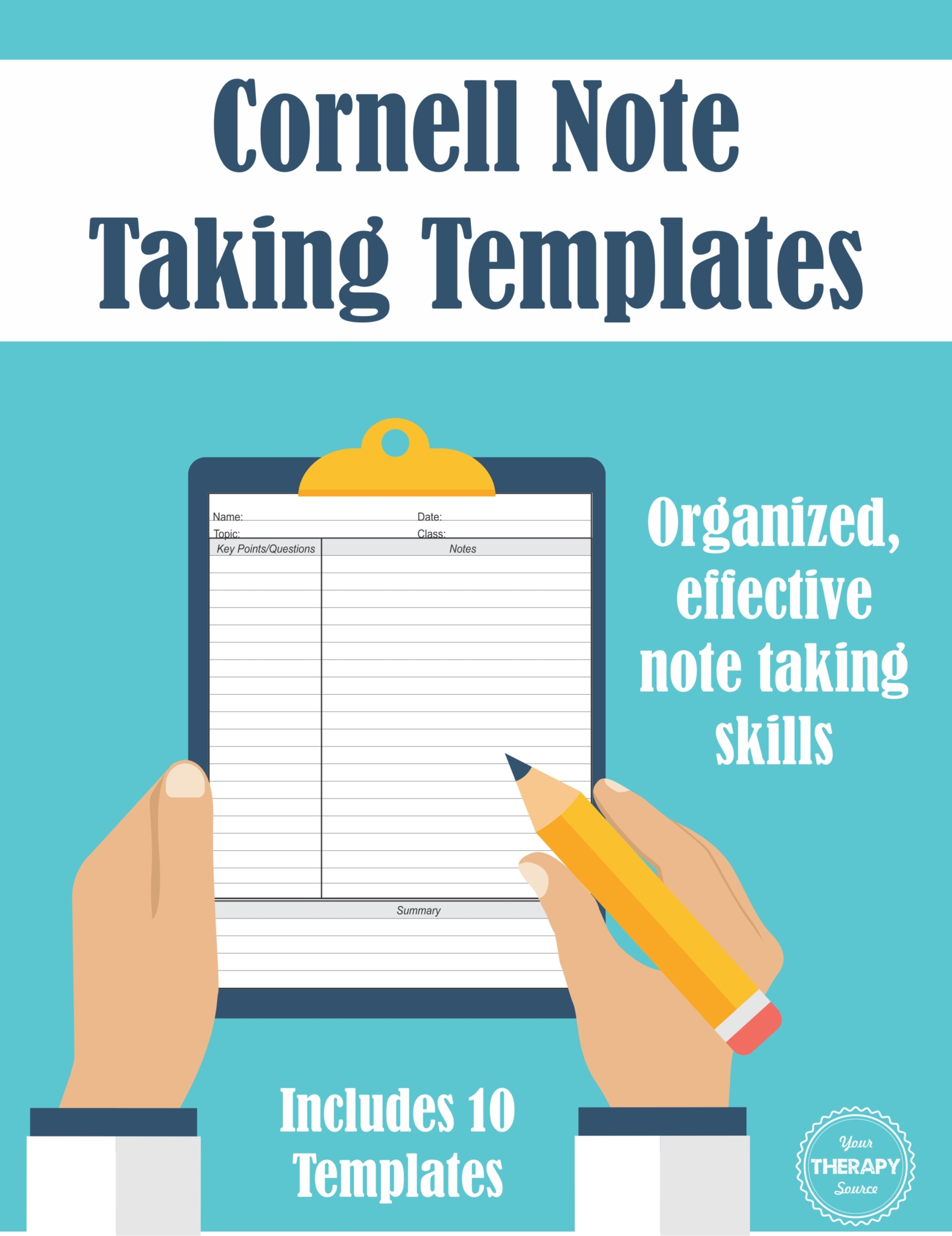
Cornell Note Taking Templates – Organized, Effective Note Taking
Find A Study Buddy
Having someone to study with can help visual-spatial learners retain information better.
TIPS FOR TEACHING VISUAL SPATIAL LEARNERS
If you have a visual-spatial learner in your classroom, there are some things you can do to help them learn better. First, realize that the visual-spatial learning style is different. So your teaching techniques need to reflect that. Here are some tips to help you:
Use Great Resources For Visual Spatial Learners
There are some great resources out there to specifically help visual-spatial learners. Try some of these. Activities such as matching games, puzzles, mazes, and story-telling activities can be excellent for visual-spatial learners.
Use Visuals
Using visuals in your teaching will really help your visual-spatial learners since they are good at processing visual information. Visual-spatial tasks for these students can include activities with charts, graphs, pictures, and videos.
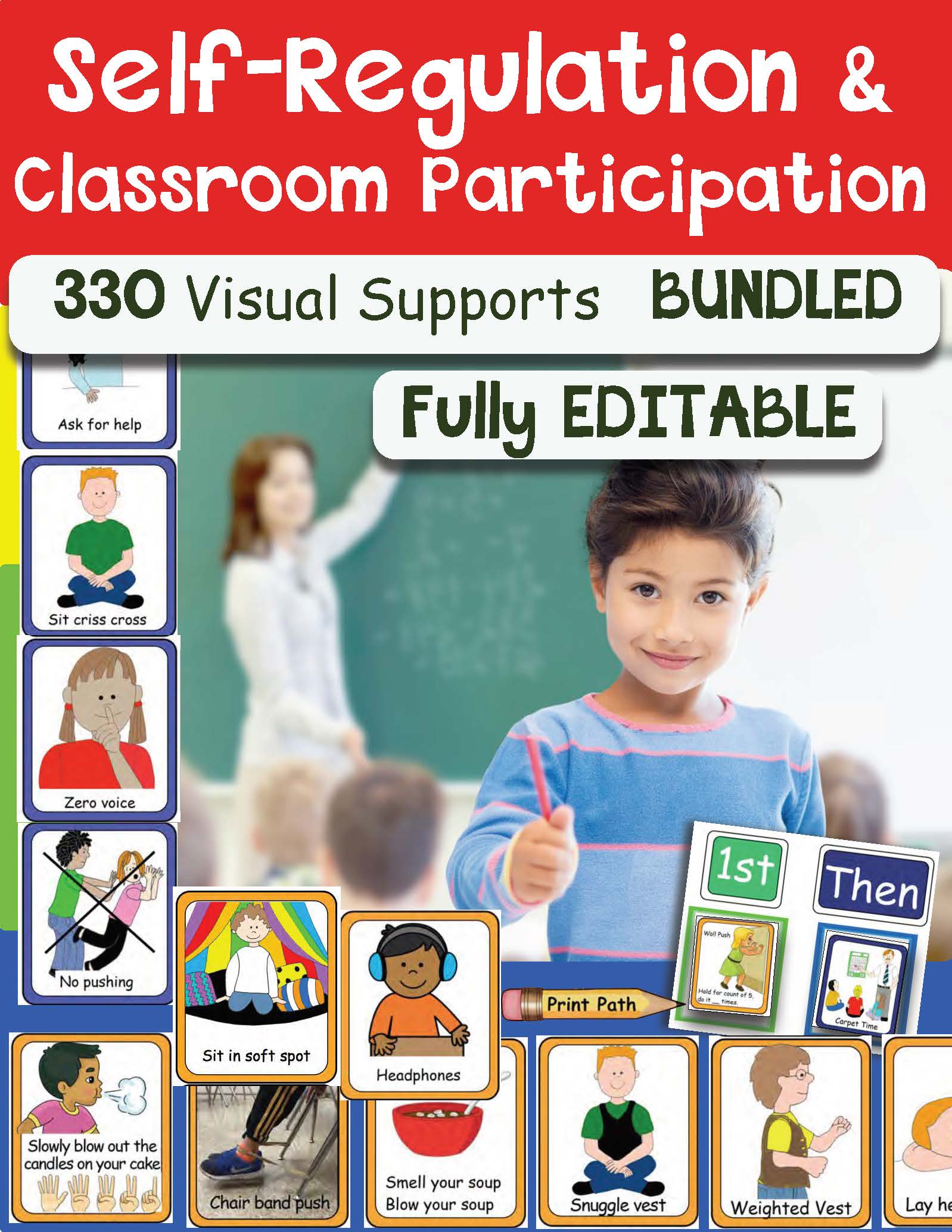
Visual Supports: Schedules, Self-Regulation, & Classroom Inclusion
Do Not Overload With Information
Visual-spatial learners often have a hard time taking in too much information at once. Give them smaller chunks of information to work with. Also, don’t focus too intensely on rote memorization of information.
Encourage Creativity.
Visual-spatial learners are often very creative. Encourage them to be creative and think outside the box. They may come up with some unusual solutions to problems or have unique methods of organization. Be accepting of this.

Think Outside the Box Questions for Kids
Be Patient
Visual-spatial learners often need more time to process information. Do not rush them or get frustrated if they are not understanding something right away.
Celebrate Strengths
In a math class, visual-spatial learners may not be good at showing the steps to solving an equation in Algebra, but can visualize the mathematical properties important in Geometry. That should be celebrated! They may not be able to clearly write an explanation of a Physics or Chemistry problem, but can see how it is solved clearly in their brains. They should be given opportunities to show this and be celebrated for it!
WHAT JOBS USE VISUAL SPATIAL SKILLS?
There are many jobs that use visual-spatial skills. These professions require visual-spatial skills for success. It is great to keep these jobs in mind if a visual-spatial student is ever lacking confidence and thinks they cannot be successful. There are many wonderfully successful visual-spatial learners out there! Some examples for visual-spatial careers include:
- Architects
- Artists
- Designers
- Engineers
- Photographers
- Scientists
- Surgeons
Visual-spatial skills are important in many different fields. If you have a student who is interested in any of these fields, encourage them to pursue their interests. Visual-spatial learners often thrive when they are able to use their strengths in their chosen careers. For students with IEPs, read more about IEP transition goals.
WHAT ARE VISUAL SPATIAL LEARNING DISORDERS?
There are some visual-spatial learning disorders that can make school more difficult for these students. Some examples of these disorders include:
- Visual processing disorder
- Nonverbal learning disability
- Dysgraphia
- Dyslexia
If you have a student with any of these disorders, there are some accommodations and modifications that can be made to help them be successful in school. You can teach your students to advocate for themselves. Some accommodations and modifications include:
- Extra time on tests
- Use of a computer for tests and assignments
- Use of graph paper
- Shortened assignments
- Visual aids
- Seeing directions and prompts visually rather than oral directions
If you have a student with a visual-spatial learning disorder, be sure to talk to their parents and/or guardians about what accommodations and modifications can be made to help them be successful in school. You want to make sure your instruction gives them ample opportunities to learn effectively. Visual-spatial learners often need some extra help or repetition in order to be successful.
Visual-spatial learners are unique and special students who often learn differently than other students. It is important to remember that these students are smart and capable of anything they put their minds to. With a little extra help, visual-spatial learners can be successful in school and in their chosen careers.
